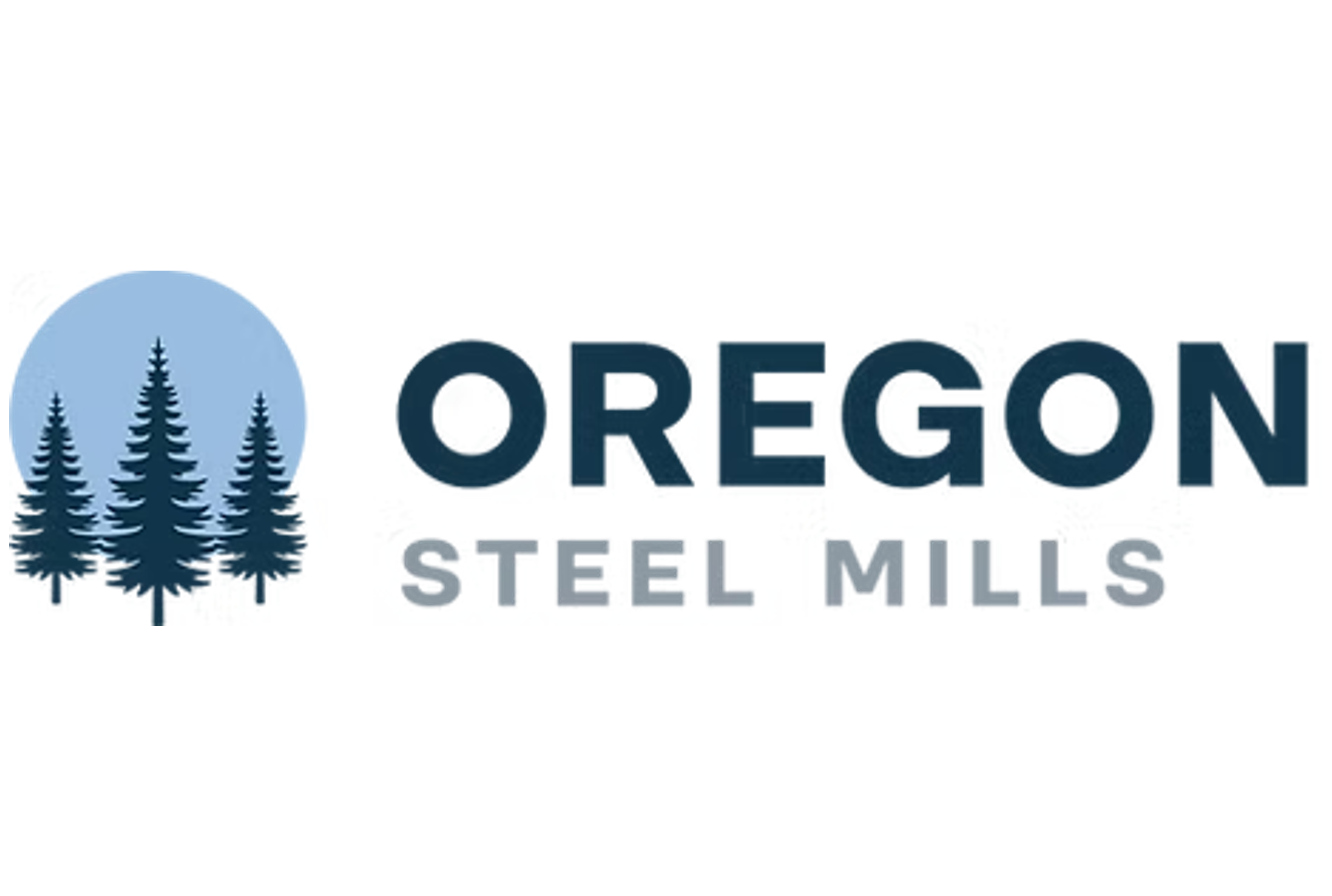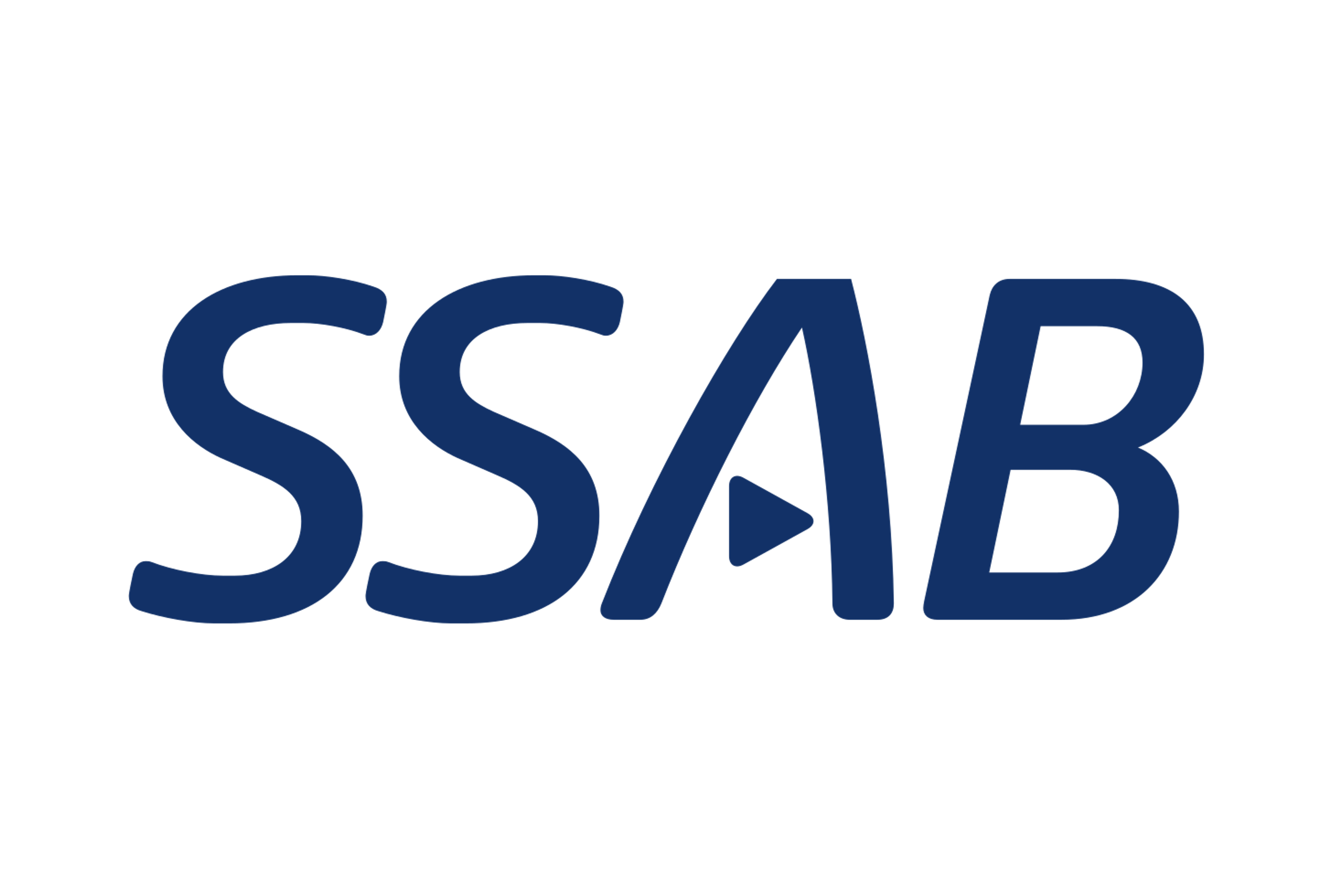Market Segment
January 30, 2025
U.S. Steel losses widen, better times seen as BR2 ramp-up continues
Written by Michael Cowden
United States Steel Corporation
| Fourth quarter ended Dec. 31 | 2024 | 2023 | Change |
|---|---|---|---|
| Net sales | $3,509 | $4,144 | -15.3% |
| Net earnings (loss) | ($89) | ($80) | -11.3% |
| Per diluted share | ($0.39) | ($0.36) | -8.3% |
| Year ended Dec. 31 | |||
| Net sales | $15,640 | $18,053 | -13.4% |
| Net earnings (loss) | $384 | $895 | -57.1% |
| Per diluted share | $1.57 | $3.56 | -55.9% |
U.S. Steel’s losses widened in the fourth quarter on lower steel prices, weaker demand, and startup costs relating to the expansion of its Big River Steel EAF sheet mill in Arkansas.
But the Pittsburgh-based steelmaker said it expected results to improve in 2025 as Big River 2 – the project to double capacity at the Osceola, Ark., mill – gains steam.
“We are very pleased to see deliveries to customers from BR2 commence in early December and continue to see a steady ramp up in shipments into the first quarter,” company president and CEO David Burritt said in a statement released with earnings data on Thursday.
“Customer feedback on BR2 product quality has been excellent,” he added.
By the numbers
U.S. Steel recorded a loss of $89 million in Q4’24, more than the $80 million it lost in Q4’23 as sales fell 15.3% to $3.5 billion. (See chart above.)
The company said it spent $50 million on construction and ramp-up costs at BR2 in the quarter. And it noted that the ramp-up at BRS only partially offset a planned outage at the original Big River mill.
Results from U.S. Steel’s individual operating units are below. Note that “flat-rolled” refers to U.S. Steel’s integrated mills. “Mini mill” refers to Big River. “U.S. Steel Europe” refers to the company’s mill in Slovakia. And “tubular” refers primarily to its oil country tubular goods (OCTG) business.

Q1 forecast
U.S. Steel said it expects adjusted earnings before interest, taxes, depreciation, and amortization (EBITDA) of $100 million to $150 million in the first quarter.
The company also forecast lower earnings from its North American flat-rolled steel sector. That’s because of logistics related to its mining operations.
Note that mills along the Great Lakes typically stockpile raw materials in the first quarter, which is a cost. Raw materials are then shipped across the lakes to mills and converted into steel in the second quarter when winter ice has melted. Those costs then convert into earnings.
U.S. Steel expects weakness at its integrated mills to be offset in part by increased shipments out of BR2, although the new EAF mill will continue to incur considerable ramp-up costs.
In Europe, meanwhile, U.S. Steel expects modestly better results. But “challenging” pricing and demand will limit the upside there.
The company said results from its tubular segment in the first quarter should be on par with those in the fourth.
U.S. Steel did not address its troubled proposed acquisition by Nippon Steel. The US government has given the companies until June to unwind the deal.







